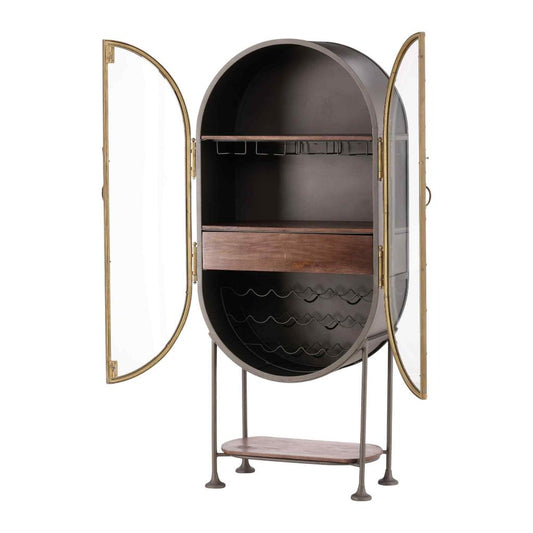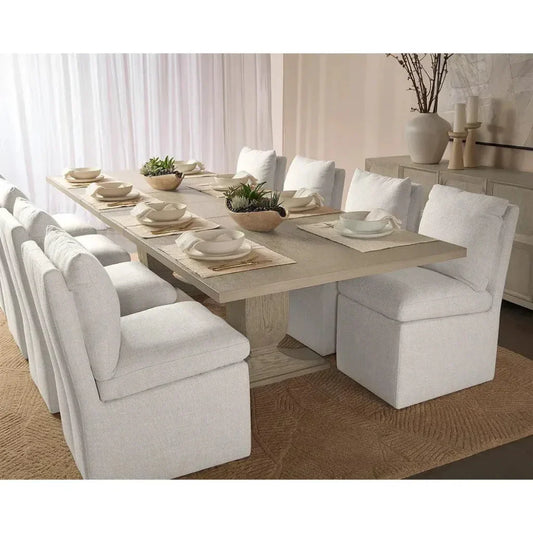Collection: Dining
-
Rayla Fabric Dining Armchair
Vendor:SUNPANRegular price $808.00Regular priceUnit price / per -
Renee Grey Fabric Dining Chair
Vendor:SUNPANRegular price $673.00Regular priceUnit price / per -
Glenrose Fabric Wheeled Armless Dining Chair
Vendor:SUNPANRegular price $830.00Regular priceUnit price / per -
Glenrose Fabric Wheel Dining Chair
Vendor:SUNPANRegular price $943.00Regular priceUnit price / per -

 Sold out
Sold outEclipse Two Doors Iron Bar Cabinet
Vendor:Furniture ClassicsRegular price $3,949.00Regular priceUnit price / per -
Sherlock Natural Wooden Dining Table
Vendor:Furniture ClassicsRegular price $3,497.00Regular priceUnit price / per -
Willis Natural Wooden Dining Table
Vendor:Furniture ClassicsRegular price $3,877.00Regular priceUnit price / per -

 Sold out
Sold outGlacier Two Doors Wood Sideboard
Vendor:Furniture ClassicsRegular price $3,877.00Regular priceUnit price / per -

 Sold out
Sold outAvora Four Doors Wood Sideboard
Vendor:Furniture ClassicsRegular price $4,667.00Regular priceUnit price / per -

 Sold out
Sold outStevens Four Doors Balck Sideboard
Vendor:Furniture ClassicsRegular price $4,534.00Regular priceUnit price / per -

 Sold out
Sold outLafayette Four Doors Wood Sideboard
Vendor:Furniture ClassicsRegular price $4,082.00Regular priceUnit price / per -

 Sold out
Sold outReese Four Doors Wood Sideboard
Vendor:Furniture ClassicsRegular price $4,374.00Regular priceUnit price / per -
Baker's Two Doors Wooden Sideboard
Vendor:Furniture ClassicsRegular price $4,170.00Regular priceUnit price / per -
Blakely Wooden Cream Double Cabinet
Vendor:Furniture ClassicsRegular price $8,469.00Regular priceUnit price / per -
Bradley Handpainted Ladderback Dining Chair 2PC
Vendor:Furniture ClassicsRegular price $1,143.00Regular priceUnit price / per -
Elora White Performance Fabric Armless Dining Chair
Vendor:SarreidRegular price $1,039.50Regular priceUnit price / per
































